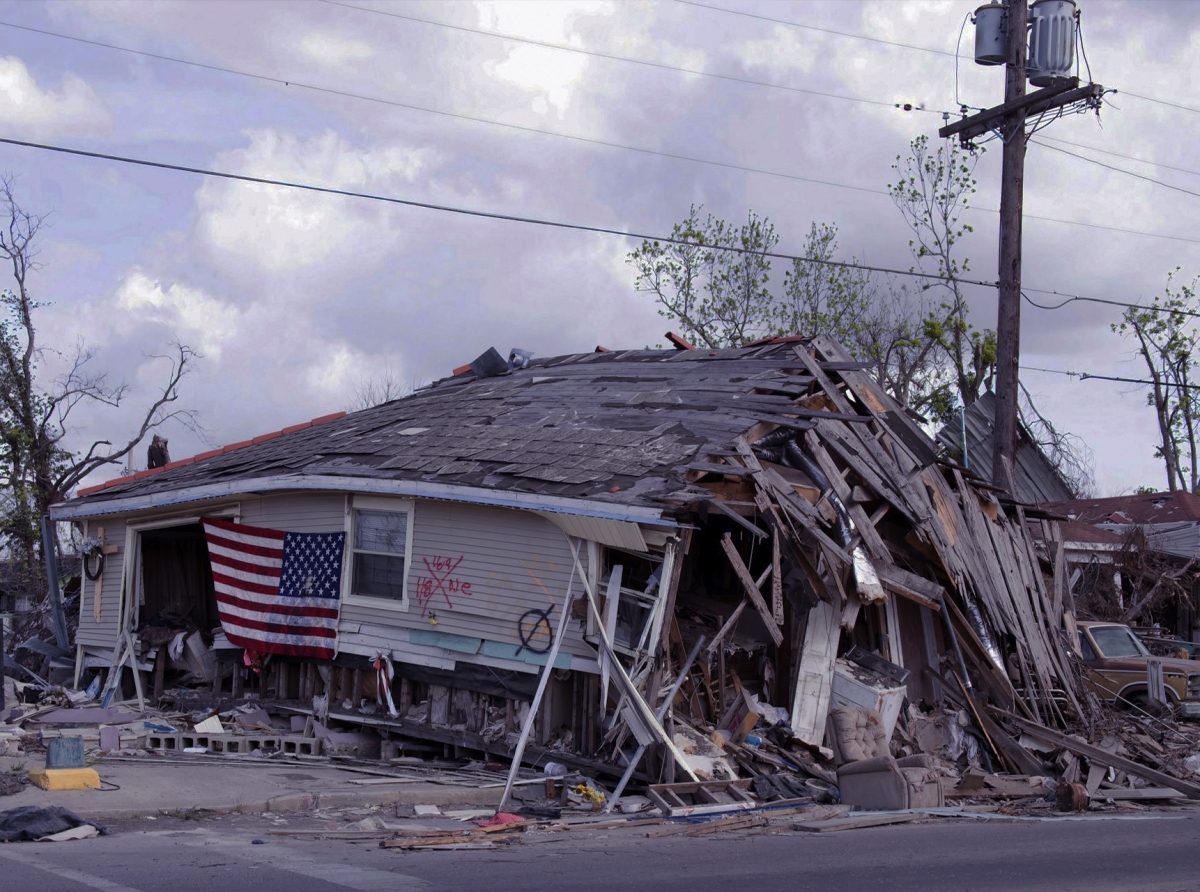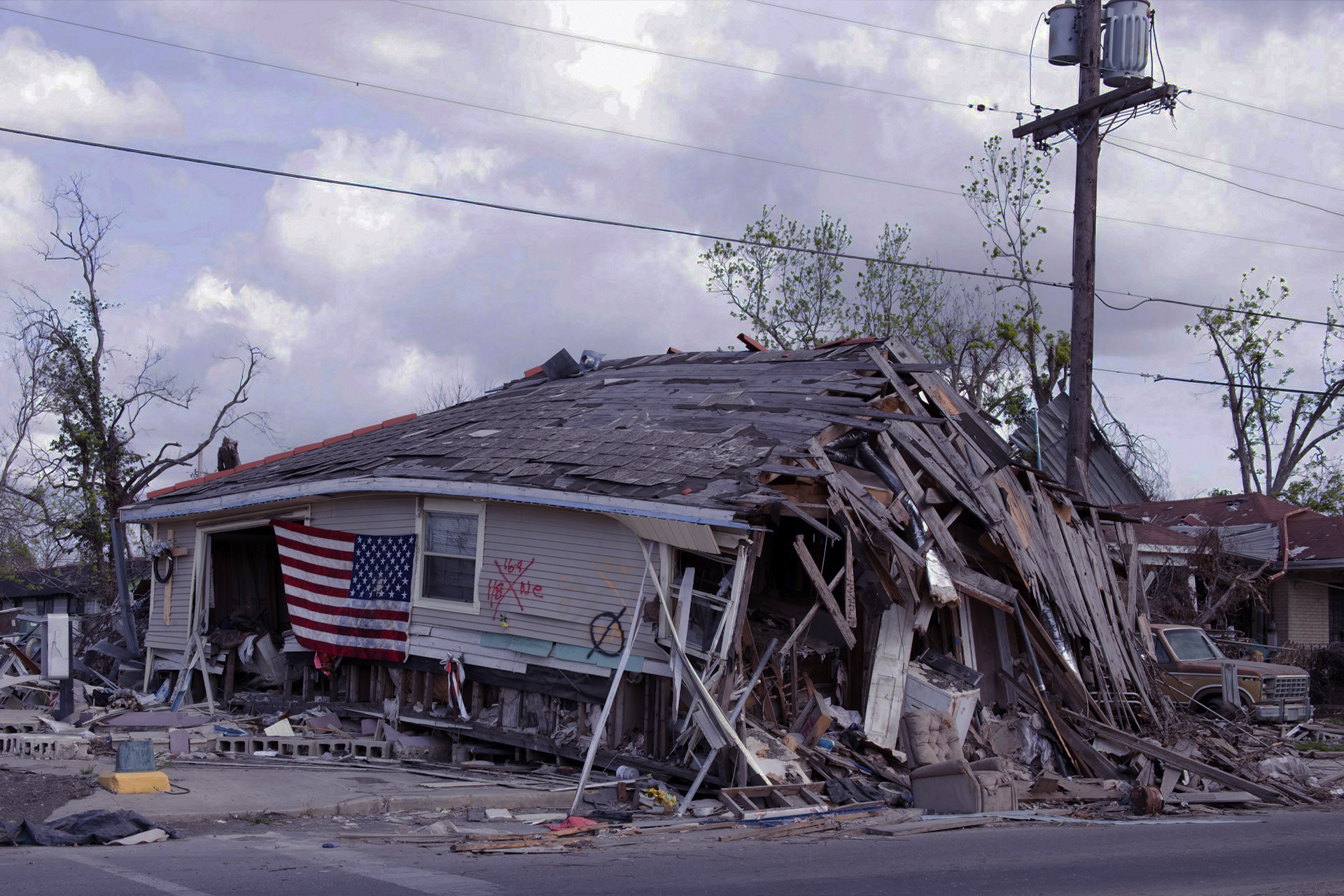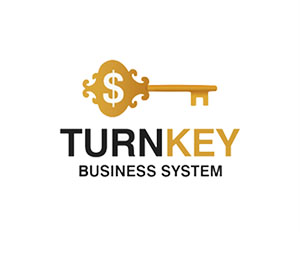How Disasters Fuel the U.S. Economy: An Unexpected Boom

How Disasters Fuel the U.S. Economy: An Unexpected Boom
The U.S. economy has found an unlikely and alarming source of growth: natural disasters. The relentless cycle of preparing for, responding to, and rebuilding after hurricanes, wildfires, and floods has morphed into a massive economic sector. This "disaster economy" now accounts for a staggering portion of the nation's GDP growth, creating a perverse incentive where destruction paradoxically fuels economic activity.
While natural disasters bring devastation to communities, they trigger a massive flow of capital that ripples through the economy. This isn't the traditional "broken window fallacy," where spending merely replaces what was lost. Instead, the increasing frequency and severity of climate-related events have created a permanent, predictable, and highly lucrative industry. From insurance payouts to federal aid and private investment, the money poured into recovery has become a hidden, yet undeniable, driver of U.S. economic performance.

How Disasters Fuel the U.S. Economy: An Unexpected Boom
The Staggering Scale of the Disaster Economy
The numbers are astonishing. According to research by Bloomberg Intelligence, spending related to disaster recovery and preparation has accounted for $7.7 trillion, or 36% of all U.S. GDP growth since the year 2000. The country spent nearly $1 trillion on disaster-related activities in the 12 months ending in June 2025, a dramatic increase from the 1990s annual average of around $80 billion (adjusted for inflation).This surge is driven by the escalating frequency of catastrophic events. The U.S. has seen the average number of billion-dollar disasters jump from three per year in the 1980s to 19 per year over the last decade. The first half of 2025 alone saw global losses from natural disasters reach $131 billion, with insured losses hitting $80 billion—the second-highest figure for a half-year period since 1980. The California wildfires in early 2025 became the costliest fire event ever recorded, causing an estimated $40 billion in damages.
How Destruction Turns into Economic Activity
The economic boom begins after the storm passes or the fire is extinguished. The process unfolds in several stages:Initial Response: Immediate spending on cleanup, emergency housing, and critical repairs.
Capital Influx: A massive flow of money enters the affected region through insurance claim payouts and federal aid from agencies like FEMA.
Rebuilding Boom: This capital fuels a surge in demand for construction services, building materials, engineering, and labor, creating jobs and boosting revenue for companies in these sectors.
This has given rise to a "disaster-industrial complex"—a network of companies that specialize in recovery and resilience. Their business models are directly tied to the frequency and scale of destructive events. As a result, investors are increasingly targeting these companies, which have consistently outperformed the broader market. Bloomberg's "Prepare and Repair Index," which tracks such firms, has beaten the S&P 500 by an average of 6.5% annually since 2015.
Analysis and Forecast: A Perverse and Unsustainable Model
While the GDP figures suggest a boom, this growth is fundamentally different from productive economic expansion. It represents money spent to replace lost assets and infrastructure rather than creating new value. As former Deputy Treasury Secretary Sarah Bloom Raskin notes, "It is undeniable now that climate change is having significant effects on the drivers of the economy". This spending diverts resources that could have been used for innovation, education, or healthcare.This model also places immense strain on other systems. The insurance industry is facing mounting pressure from record-high claims, which could lead to higher premiums or a retreat from high-risk areas. Government budgets are increasingly burdened by disaster relief, accumulating debt and diverting funds from other public services.
The forecast is grimly predictable: as long as climate change continues to drive more frequent and intense weather events, the disaster economy will continue to grow. However, this is not a sign of a healthy economy but rather an indicator of a society perpetually in a costly, reactive crouch, spending billions just to get back to where it was before the last catastrophe hit.
Conclusion
The emergence of the "disaster economy" is one of the most significant and unsettling economic trends of our time. It reveals a system that has adapted to profit from calamity, turning widespread destruction into a key driver of GDP growth. While the rebuilding efforts create jobs and stimulate specific sectors, this model is inherently unsustainable and inefficient.
It underscores the profound economic consequences of a changing climate and raises a critical question: what does it mean for a nation's economy to be increasingly fueled by its own destruction?
The emergence of the "disaster economy" is one of the most significant and unsettling economic trends of our time. It reveals a system that has adapted to profit from calamity, turning widespread destruction into a key driver of GDP growth. While the rebuilding efforts create jobs and stimulate specific sectors, this model is inherently unsustainable and inefficient.
It underscores the profound economic consequences of a changing climate and raises a critical question: what does it mean for a nation's economy to be increasingly fueled by its own destruction?
By Claire Whitmore
October 30, 2025
Join us. Our Telegram: @forexturnkey
All to the point, no ads. A channel that doesn't tire you out, but pumps you up.
October 30, 2025
Join us. Our Telegram: @forexturnkey
All to the point, no ads. A channel that doesn't tire you out, but pumps you up.









Report
My comments